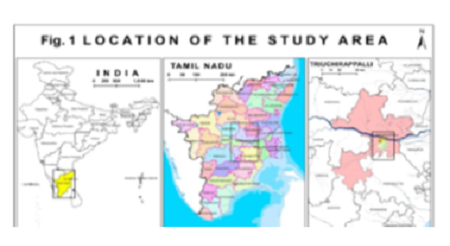
Geo-Eye
Department of Geography & GIS

Department of Geography & GIS

Geo-Eye
Year: 2018, Volume: 7, Issue: 2, Pages: 32-37
Original Article
P Mary Santhi1, Balaselvakumar2, K Kumaraswamy3
1Research Scholar, Department of Geography, Periyar E.V.R. College (Autonomous), Affiliated to Bharathidasan University, Tiruchirappalli, 620 023
2Assistant Professor, Department of Geography, Periyar E.V.R. College (Autonomous), Affiliated to Bharathidasan University, Tiruchirappalli, 620 023
3CSSR Senior Fellow, Department of Geography, Bharathidasan University, Tiruchirappalli, 620024
Received Date:27 June 2018, Accepted Date:12 November 2018
The purpose of the study is to understand the relationship between demographic parameters and crime occurrences against women in Tiruchirappalli city. Seven variables of crime against women have been incorporated by statistics factor analytical technique with the 2011 census of population, sex ratio, literacy ratioand work participation rate. Four components have been derived namely Gender component-I, Personal Crimes and Literacy component-II, Molestation and Total Population component – III and Work Participation and Sex Ratio- component - IV. Woraiyur police station in Srirangam range followed by Palakkarai police station in Fort range have associated with the components of I, II & III determine the high rate of crime against women in the city. The occurrences of cruelty by husband were of great concern, especially in Srirangam range.
Keywords: Crime against women; Demographic parameters; statistical components; police stations; Geostatistics and Geoinformatics
© 2018 Mary Santhi et al. This is an open-access article distributed under the terms of the Creative Commons Attribution License, which permits unrestricted use, distribution, and reproduction in any medium, provided the original author and source are credited.
Published By Bangalore University, Bengaluru, Karnataka
Subscribe now for latest articles and news.